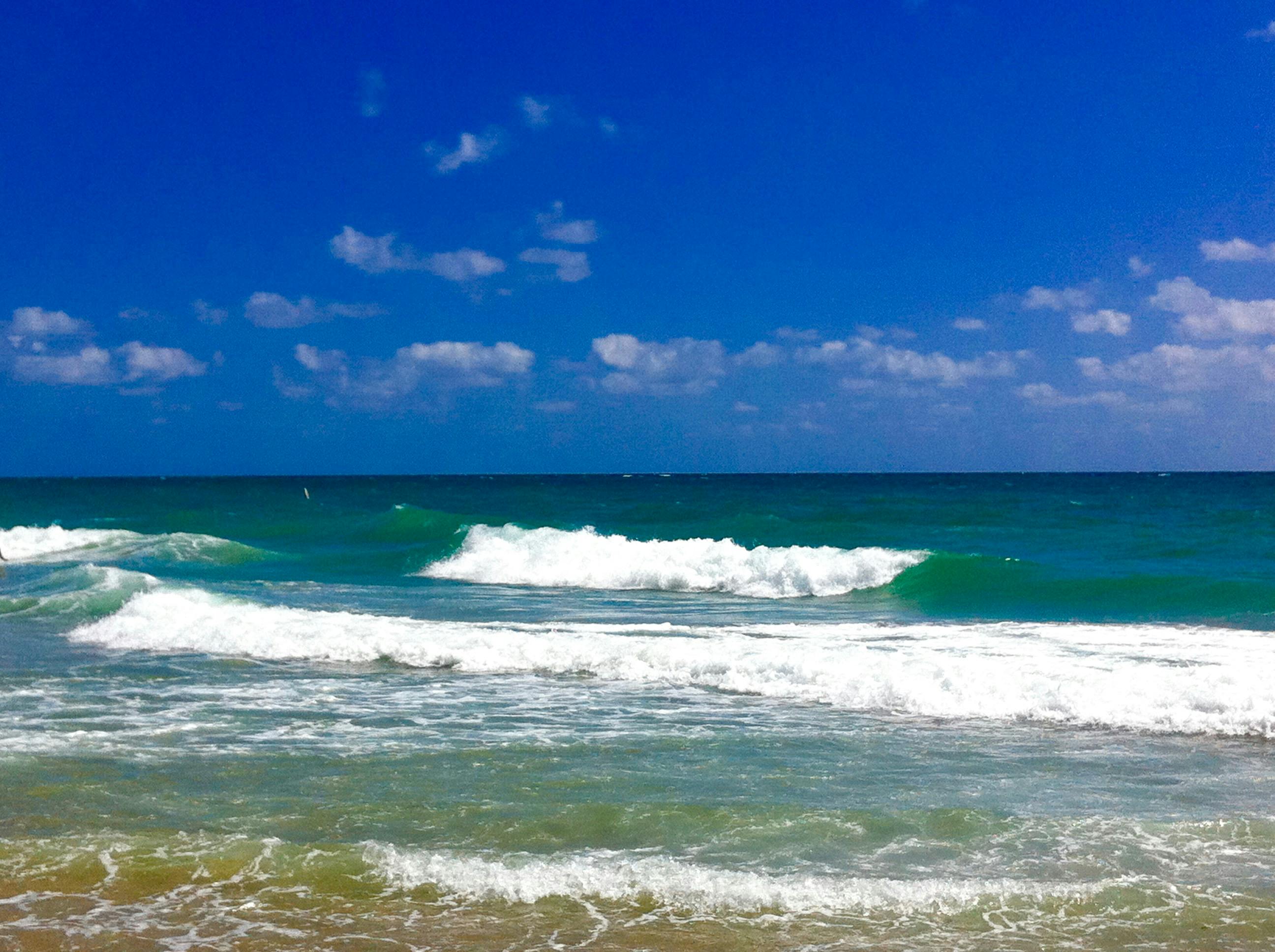

The seafloor and beach characteristics can also impact the formation of whitewater. This, in turn, prolongs the whitewash effect as the foam continues to scatter light and make the water appear white. Surfactants reduce the surface tension of water, making it easier for air to be trapped and bubbles to form.Īs a result, surfactants can help maintain the foam's structure and prolong its existence. These surfactants can influence the stability of the sea foam produced when waves break. Surfactants are substances that can be found naturally in seawater, originating from sources like decaying plant material, microorganisms, and pollution. This scattering of light contributes to the white appearance of breaking waves. The bubbles in the foam reflect and scatter light, just like the air bubbles trapped within the wave. This foam consists of tiny bubbles surrounded by a thin film of water. Turbulence and the Formation of FoamĪnother important factor contributing to the formation of whitewash is the turbulence created when a wave breaks.Īs the wave crashes, the water's motion creates a chaotic environment, further trapping air and promoting foam formation. This random scattering of light is what gives breaking waves their white appearance. When light passes through water, it slows down and bends, a process known as refraction.Īs the light hits the air bubbles in the breaking wave, it is refracted multiple times in various directions. Water has a high refractive index, meaning it bends light more than air. The interaction between the air and water is crucial in the formation of whitewash. The bubbles increase the scattering of light, causing the water to appear white. This trapped air forms bubbles, which rise to the surface and create a foamy appearance. When the wave's crest exceeds the trough's height, the wave becomes unstable and starts to break, creating a characteristic white appearance.Īs a wave breaks, the air gets trapped between the water molecules. Waves travel in groups, with each wave having a crest (the highest point) and a trough (the lowest point). The size of the waves depends on the wind's speed, duration, and the distance it travels over the ocean, known as the "fetch." These ripples grow into larger waves as more energy is added. Waves are generated by the wind blowing across the surface of the ocean.Īs the wind blows, it transfers energy to the water, creating ripples. To understand why waves turn white, it's essential to know how waves are formed. Get ready to uncover the roles of air, water, and other factors in creating this fascinating explosion of tiny white bubbles that are often ridden by beginner surfers. So, what's the science behind whitewash and the processes that cause the white caps in broken waves? This striking and intriguing phenomenon, known as "whitewash," "soup," and "whitewater," occurs due to a combination of factors, including air, water, and the complex behavior of waves. Yet, one of its most alluring spectacles is the transformation of deep blue waves into a frothy white as they crash onto the shore.īut have you ever wondered why breaking waves turn white? The vast expanse of the ocean, with its ever-changing hues, is a captivating sight to behold. We've all witnessed the mesmerizing sight of waves crashing onto the shore, transforming from a deep blue to a frothy white.


 0 kommentar(er)
0 kommentar(er)
